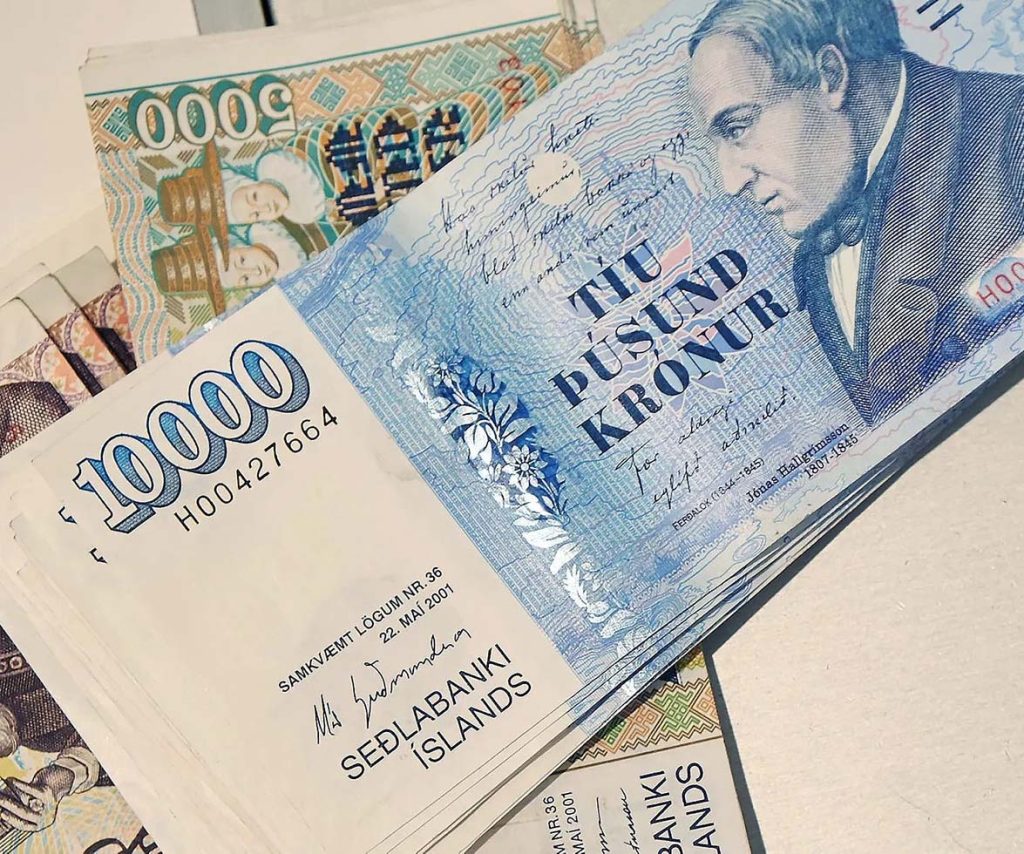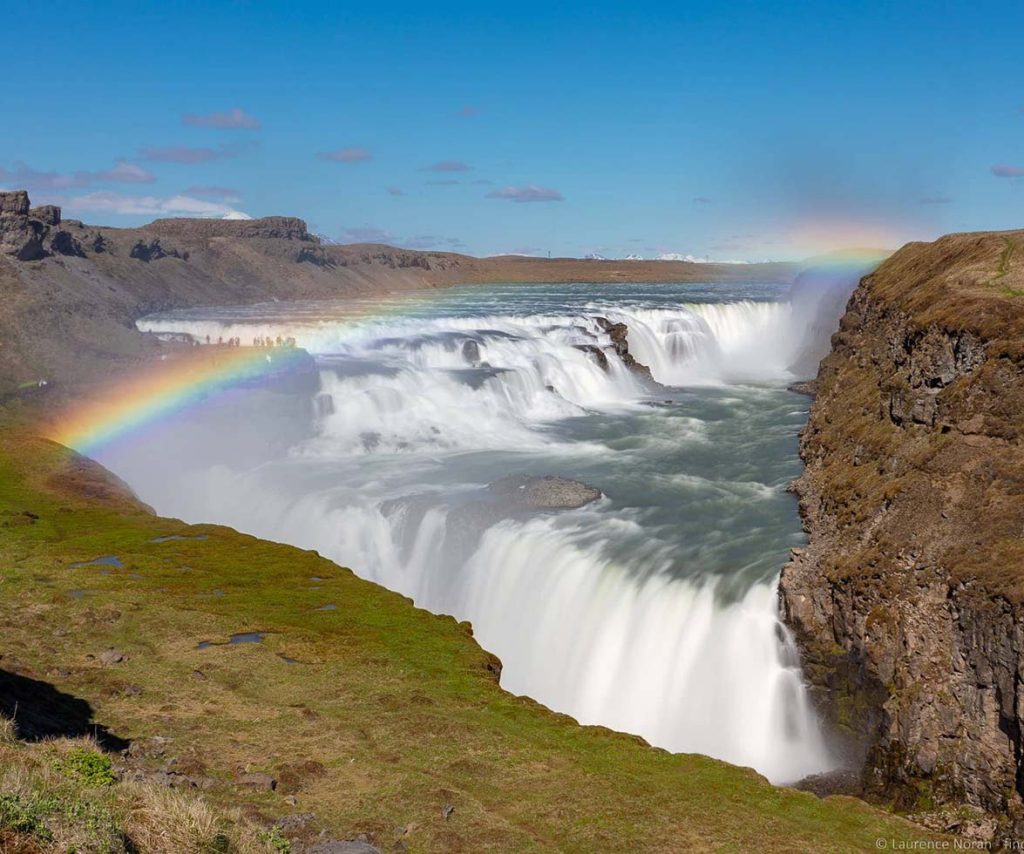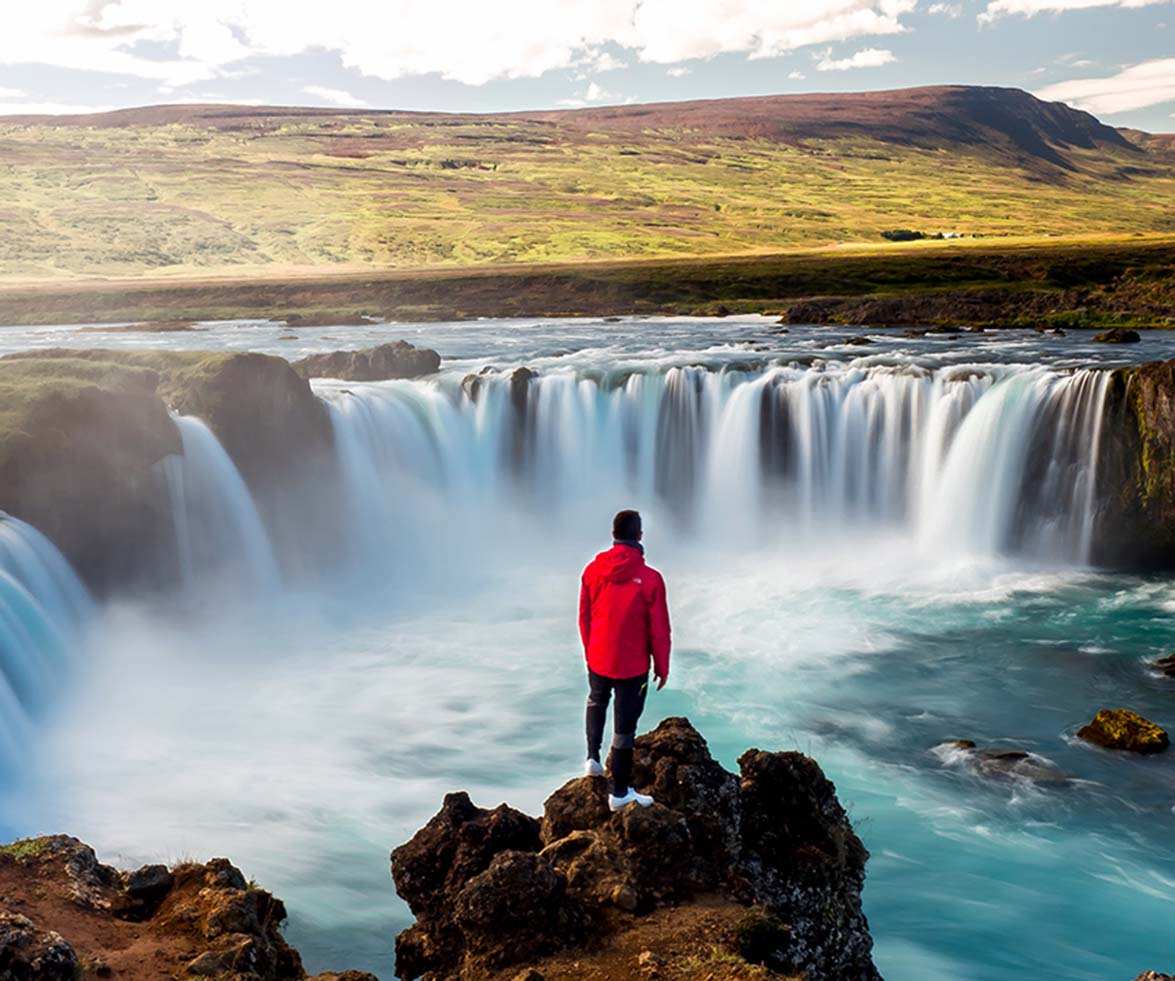Iceland, a land of fire and ice, offers some of the most breathtaking landscapes and unique cultural experiences on the planet. I recently had the pleasure of exploring this incredible country, and I’m excited to share my journey with you.
In this blog post, I will provide insights into essential travel gear and appropriate attire, currency exchange tips, local etiquette and customs, and highlight four must-visit attractions in Iceland.
Travel Gear and Appropriate Attire
Essential Travel Gear
When planning a trip to Iceland, it’s crucial to pack the right gear to ensure comfort and safety. Here’s a list of essential items:
– Sturdy Hiking Boots: Iceland’s rugged terrain requires durable, waterproof hiking boots that provide good ankle support. They are essential for exploring the country’s numerous trails and natural wonders.
– Waterproof Jacket and Pants: The weather in Iceland can be unpredictable, with sudden rain showers and strong winds. A high-quality, breathable waterproof jacket and pants will keep you dry and comfortable.
– Layered Clothing: Layering is key to staying warm in Iceland’s varying climate. Start with a moisture-wicking base layer, add an insulating mid-layer (such as a fleece or down jacket), and top it off with a waterproof outer layer.
– Warm Accessories: Don’t forget to pack a warm hat, gloves, and a scarf. These items are essential for keeping warm, especially when visiting colder regions or during the winter months.
– Daypack: A sturdy daypack is essential for carrying your gear, snacks, and water during day trips and hikes. Look for one with comfortable straps and multiple compartments.
– Reusable Water Bottle: Staying hydrated is important, and Iceland’s tap water is some of the purest in the world. Bring a reusable water bottle to fill up throughout the day.
– Camera and Tripod: Iceland’s landscapes are a photographer’s dream. A good camera and tripod will help you capture stunning images of waterfalls, glaciers, and the Northern Lights.
– Power Bank: With so much to see and do, you’ll likely be using your phone for navigation and photos. A power bank ensures your devices stay charged throughout the day.
Appropriate Attire
Dressing appropriately for Iceland’s weather is crucial for a comfortable trip. Here are some tips:
– Layer Up: As mentioned, layering is key. The weather can change rapidly, and layered clothing allows you to adjust your attire as needed.
– Insulated and Waterproof: Ensure your outer layers are both insulated and waterproof. This combination will keep you warm and dry in varying conditions.
– Comfortable and Practical: Choose comfortable, practical clothing that allows for ease of movement. Avoid cotton, as it absorbs moisture and takes longer to dry.
– Warm Footwear: In addition to hiking boots, bring a pair of warm, insulated shoes for less strenuous activities or casual outings in town.
Currency Exchange and Money Matters
Currency Exchange
Iceland uses the Icelandic Króna (ISK) as its currency. Here are some tips for managing your money:
– Exchange at the Airport: The Keflavik International Airport has several currency exchange booths and ATMs. It’s convenient to exchange a small amount of cash upon arrival for immediate expenses.

– Use ATMs: ATMs are widely available throughout Iceland, including in Reykjavik and other major towns. They offer competitive exchange rates and are a convenient way to withdraw local currency.
– Credit and Debit Cards: Credit and debit cards are widely accepted in Iceland, even for small purchases. Make sure your card doesn’t charge foreign transaction fees, and notify your bank of your travel plans to avoid any issues.
Budgeting Tips
– Food: Dining out in Iceland can be expensive. To save money, consider shopping at local supermarkets and preparing some of your own meals. Many accommodations offer kitchen facilities.
– Accommodation: Budget options include hostels, guesthouses, and Airbnb rentals. Booking in advance can help secure better rates.
– Transportation: Renting a car provides flexibility and is often the best way to explore Iceland’s remote areas. Public transport is limited outside of Reykjavik.
Local Etiquette and Cultural Insights
Understanding Icelandic Etiquette
Icelanders are known for their friendliness and hospitality. However, understanding local customs and etiquette will enhance your experience and ensure respectful interactions. Here are some key points:
– Greeting and Addressing People: Icelanders typically greet each other with a handshake. It’s polite to make eye contact and smile. When addressing someone, use their first name rather than a title and last name, as Icelanders are generally informal.
– Punctuality: Icelanders value punctuality, especially in professional settings. If you have an appointment or a tour, make sure to arrive on time.
– Shoes Off Indoors: It’s customary to remove your shoes when entering someone’s home. This practice also extends to some guesthouses and Airbnb accommodations.
– Quiet and Respectful: Icelanders appreciate peace and quiet, especially in natural settings. Keep noise levels down and respect the tranquility of your surroundings.
– Environmental Consciousness: Icelanders are environmentally conscious and take great pride in their natural landscapes. Always follow the Leave No Trace principles by cleaning up after yourself, staying on marked paths, and respecting wildlife.
My Experience with Icelandic Etiquette
During my trip, I had several interactions that highlighted the importance of understanding and respecting local customs. One memorable experience was when I stayed at a guesthouse in Reykjavik. Upon entering the house, I noticed a designated area for shoes and a sign requesting guests to remove their footwear. This small gesture made me feel more at home and respectful of the host’s space.
Another instance was during a visit to a geothermal pool. Icelanders are very particular about hygiene in these communal spaces. Before entering the pool, it’s mandatory to shower thoroughly without a swimsuit. This practice ensures the cleanliness of the pools and shows respect for fellow bathers. Initially, I felt a bit uncomfortable, but after observing others and understanding the rationale, it became a normal part of the experience.
Must-Visit Attractions in Iceland
1. The Golden Circle
The Golden Circle is a popular tourist route that covers approximately 300 kilometers and includes three major attractions: Thingvellir National Park, Geysir Geothermal Area, and Gullfoss Waterfall.
How to Get There
– By Car: Renting a car is the most convenient way to explore the Golden Circle. The drive from Reykjavik to Thingvellir takes about 45 minutes. From there, it’s a short drive to Geysir and Gullfoss.
– Tours: Several tour companies offer Golden Circle day trips from Reykjavik. This option is great for those who prefer guided tours.

Highlights
– Thingvellir National Park: A UNESCO World Heritage Site, Thingvellir is rich in history and geology. It’s where the Icelandic parliament, Althing, was established in 930 AD. The park also lies on the rift between the North American and Eurasian tectonic plates.
– Geysir Geothermal Area: Home to the famous Strokkur geyser, which erupts every 5-10 minutes, shooting water up to 20 meters high. The area is dotted with hot springs and bubbling mud pots.
– Gullfoss Waterfall: One of Iceland’s most iconic waterfalls, Gullfoss cascades in two stages into a rugged canyon. The sheer power and beauty of the falls are awe-inspiring.
Tips and Considerations
– Weather: Dress in layers and bring waterproof clothing, as the weather can change quickly. Gullfoss can be particularly windy and wet.
– Crowds: The Golden Circle is a popular tourist route, so try to visit early in the morning or later in the afternoon to avoid the busiest times.
– Facilities: There are visitor centers at Thingvellir and Gullfoss with restrooms, cafes, and gift shops.
2. Jökulsárlón Glacier Lagoon
Jökulsárlón Glacier Lagoon is a stunning glacial lake located in southeast Iceland. It’s filled with floating icebergs that have broken off from the Breiðamerkurjökull glacier.
How to Get There
– By Car: The lagoon is about a 5-hour drive from Reykjavik along the Ring Road (Route 1). It’s a long drive, but the scenic route offers plenty of opportunities for photo stops.
– Tours: Several tour companies offer day trips and multi-day tours to Jökulsárlón from Reykjavik.
Highlights
– Boat Tours: Take a boat tour to get up close to the icebergs. Amphibian and Zodiac boat tours are available, offering different perspectives of the lagoon.
– Diamond Beach: Adjacent to the lagoon, this black sand beach is scattered with glistening ice chunks that have washed ashore, resembling diamonds.
– Wildlife: Keep an eye out for seals swimming in the lagoon or resting on the icebergs. Birdwatchers will also enjoy spotting various seabirds in the area.
Tips and Considerations
– Timing: The lagoon is beautiful year-round, but the icebergs are particularly striking in the summer months when they are more accessible.
– Clothing: Dress warmly, as it can be cold near the glacier. Waterproof gear is also recommended.
– Photography: The ever-changing light and reflections on the icebergs make Jökulsárlón a photographer’s paradise. Bring a tripod for the best results.
3. The Blue Lagoon
The Blue Lagoon is a world-famous geothermal spa located in a lava field near Grindavik on the Reykjanes Peninsula. The milky-blue waters are rich in minerals and known for their therapeutic properties.
How to Get There
– By Car: The Blue Lagoon is about a 45-minute drive from Reykjavik and a 20-minute drive from Keflavik International Airport.
– Shuttle Bus: Several companies offer shuttle bus services from Reykjavik and Keflavik to the Blue Lagoon.
Highlights
– Thermal Baths: Relax in the warm, mineral-rich waters of the lagoon, surrounded by stunning volcanic landscapes.
– Spa Treatments: The Blue Lagoon offers a range of spa treatments, including massages, facials, and in-water treatments.
– Sauna and Steam Rooms: Enjoy the sauna and steam rooms, which are built into a lava cave, adding to the unique experience.
Tips and Considerations
– Booking: The Blue Lagoon is very popular, so it’s essential to book your visit in advance. Different packages are available, including entry, towel rental, and optional spa treatments.
– Hygiene: Showering without a swimsuit is mandatory before entering the lagoon to maintain the cleanliness of the water.
– Comfort: The lagoon’s silica can be drying to hair, so use the provided conditioner liberally and consider wearing a swim cap.
4. Vatnajökull National Park
Vatnajökull National Park, named after Europe’s largest glacier, Vatnajökull, covers about 14% of Iceland and offers a diverse range of landscapes, including glacial ice, volcanic terrain, and lush valleys.
How to Get There
– By Car: The park’s visitor centers and main attractions are accessible via the Ring Road (Route 1). The drive from Reykjavik to the southern part of the park takes about 4-5 hours.
– Tours: Guided tours are available for specific activities such as glacier hiking and ice caving.
Highlights
– Glacier Hikes: Explore the glacier on guided hikes, suitable for various skill levels. Tours provide necessary equipment and expert guidance.
– Ice Caves: Visit the stunning ice caves formed by melting glaciers. These natural wonders are best explored with a guide during the winter months when the caves are stable.
– Skaftafell Nature Reserve: A part of the national park, Skaftafell offers numerous hiking trails, including routes to the Svartifoss waterfall and the Skaftafellsjökull glacier.
Tips and Considerations
– Safety: Glacier activities can be dangerous without proper equipment and knowledge. Always book guided tours with reputable companies.
– Clothing: Dress warmly and in layers, as the glacier environment can be cold and windy. Waterproof and insulated clothing is recommended.
– Timing: The ice caves are typically accessible from November to March. Glacier hikes and other activities are available year-round.
Iceland is a land of unparalleled natural beauty and unique cultural experiences. From the dramatic landscapes of the Golden Circle to the serene waters of the Blue Lagoon, this country offers something for every traveler.
By understanding local customs and etiquette, dressing appropriately, and planning your itinerary wisely, you can make the most of your Icelandic adventure. I hope this guide inspires you to explore the wonders of Iceland and creates lasting memories of your journey.
